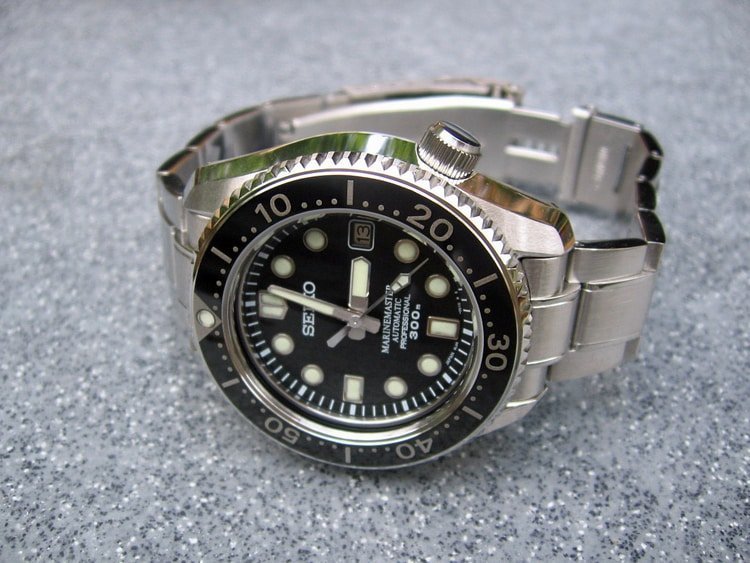The wristwatch is perhaps the most versatile accessory in history. Across its many forms, these timepieces can be a valuable tool for pilots, climbers, divers, sailors, and so many more. They have been equipped with dozens of different functions and gadgets. Even today, hundreds of years after the first wristwatch was invented, innovations continue.
When wristwatches first started becoming multifunctional, the ones designed with a specific purpose came to be known as tool watches. A dive watch and a pilot’s watch are just two examples of the many forms that a tool watch can take. Let’s take a deeper look at what defines a tool watch and the roles these timepieces still serve today.
Click here to see our list of best tool watches
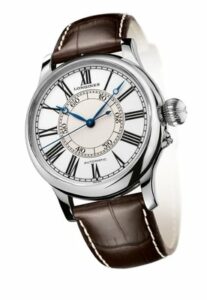
The early history of tool watches
Though watchmakers have been adding extra functions to their wristwatches practically since their inception, tool watches as we understand them really only came to exist at the beginning of the 20th century.
Of course, before we explore the different types of tool watches, we should define them. A tool watch is a “wristwatch designed with additional functions meant for special job-related functions.” In other words, tool watches do more than just tell the time.
Initially, wristwatches were considered feminine accessories, with men using pocket watches. However, during the First World War, soldiers in the field found a wristwatch far more practical. Wristwatches quickly became a unisex accessory, and as their popularity grew, so did their functionality.
Watch designers realized that there was a need for wristwatches that could be of particular service across various professions. Click here to read more specifics on field watches.
The military played yet another important role in this evolution of the wristwatch. In 1929, Swiss watchmaker Longines teamed up with US Navy Captain Philip van Horn Weems to develop the Weems Second-Setting Watch (find the modern version of the watch here).
Weems was an expert navigator and his expertise was necessary for the development of a watch with a second hand of greater precision, allowing celestial navigation to be more accurate. So came into being the first tool watch specifically designed for sea navigation. Click here to see top nautical watches for sailing.
An explosion of tool watches
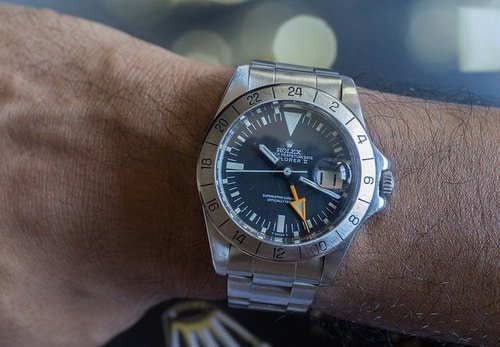
Longines’ development would directly lead to other wristwatch navigation aids, but tool watches had plenty of other functions still ahead. The reversible case of the Jaeger LeCoultre Reverso (find it here) was created to be worn during polo matches, while Omega broke the water barrier by creating the first dive watch in 1932.
The double-sealed Marine watch could be worn up to 135 meters underwater (Omega continues to make specialty dive watches). Perhaps more than any other watchmaker, though, Rolex embraced the effectiveness and multifunctionality of the tool watch.
Likely recognizing the unbeatable publicity that came with exploration in the 20th century, the renowned Swiss watchmaker designed watches for big events. In addition to being the first to create a waterproof watch, Rolex watches crossed the English Channel, flew over and ascended Mt. Everest, broke land speed records, and descended into the Mariana Trench.
These watches were built out with a variety of navigation and other gadgets, making them technically tool watches, albeit ones that were incredibly refined and quite expensive.
For almost 100 years, tool watches have evolved and gotten more sophisticated. Here are just a few of the tool watches that became popular in the latter half of the 20th century.
While some tool watches include a compass most do not- click here to find out how to use your analog watch as a compass.
Types of tool watches
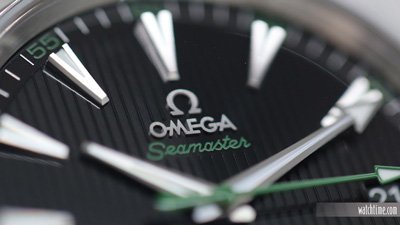
When people discuss tool watches, the one that comes most immediately to mind is the dive watch. Professional divers, as well as hobbyists, need a watch that can drop to great depths for prolonged periods of time.
On any list of the best dive watches, the Omega Seamaster (find a certified pre-owned Seamaster on Bob’s Watches) consistently appears. (If it’s good enough for James Bond, it’s good enough for you.)
Check out all of the watches that 007 has worn over the years.
In addition to being able to withstand 600 meters of water pressure, this stainless steel watch includes a Helium Escape valve to prevent problems when coming back up to normal depths.
IWC Schaffhausen is yet another Swiss watchmaker who creates exquisite tool watches. In particular, their Ingeniuer line of watches both celebrate engineers and provide the necessary functionality for them.
For instance, the Automatic IW323909 (check authenticwatches.com for IW323909 on sale) is not only an engineering feat of excellence, but its steel construction also protects it from the interference of magnetic fields.

The pilot watch is one of the most diverse types of tool watches. Surprise, surprise, yet another Swiss watchmaker, Breitling, has created one of the best.
The Breitling Cockpit B50 is packed with features that a pilot (or frequent flyer) could use, including a split-time chronometer, second time zone, tachymeter, and a device for recording flight times. Sure, none of these features may be technically necessary in the modern flight era, but as a back-up (or simply a throwback), this is a fantastic tool watch for any pilot.
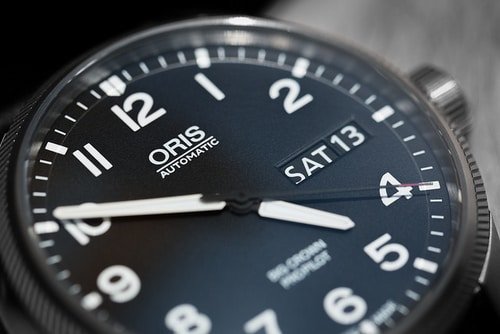
The future of tool watches
Click here to see our current list of the best tool watches.
The fact that technological advancements in other areas have replaced the need for tool watches has by no means replaced the desire for them. Watch aficionados and casual fans alike are still drawn to watches with cool gadgets and broad functionality. Smartwatches can unify most disparate functions into one timepiece, of course, but people still enjoy watches that feel designed specifically for them and their needs.
This is probably why so many luxury watchmakers continue to craft tool watches. They know that their consumers have very specific tastes and needs, and those same consumers will pay well to get what they want.
If a multifunction mounting climbing watch isn’t a necessity anymore, especially not with so much another tech available to take up the mountain, that won’t stop Alpina from producing the Alpiner 4 for the discerning climber.

As smartwatches grow in popularity and the need for wristwatches diminishes (at least, in theory), the tool watch may be heading toward inevitable obsolescence. If so, though, that time is still a few decades off into the future.
Tool watches continue to advance, both in terms of functionality and fashion. As long as engineers, pilots, divers, and military personnel still exist, there will be a market for well-crafted, good looking wristwatches. Long live the tool watch.
